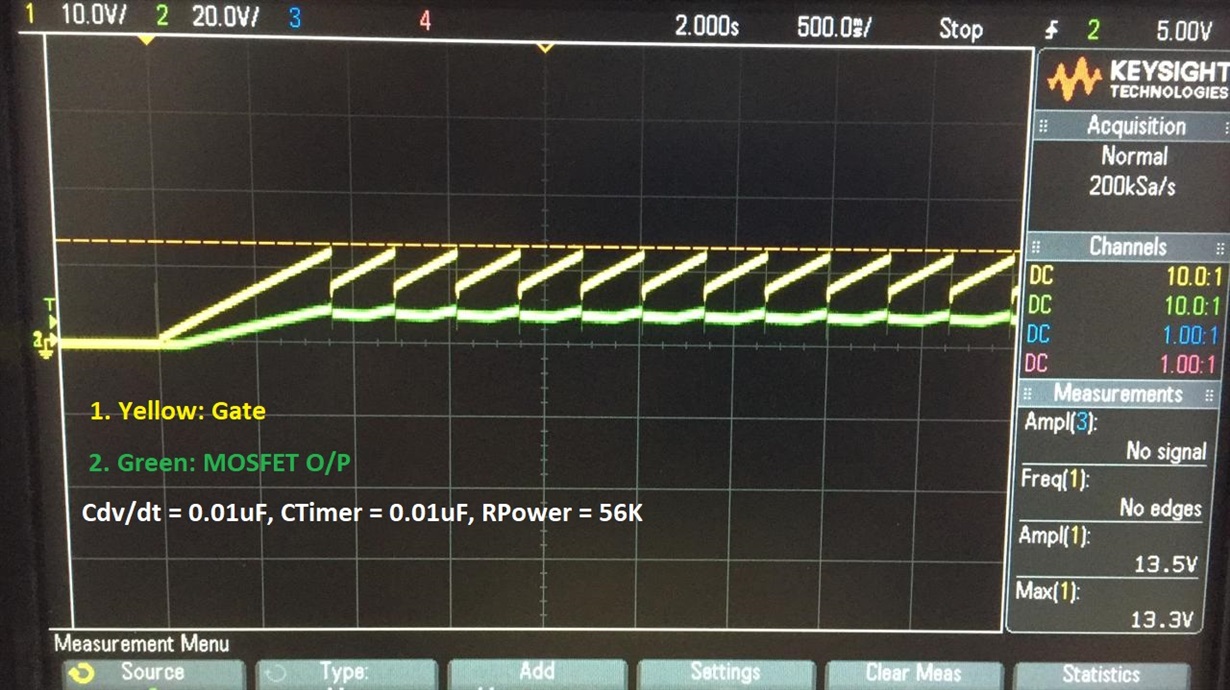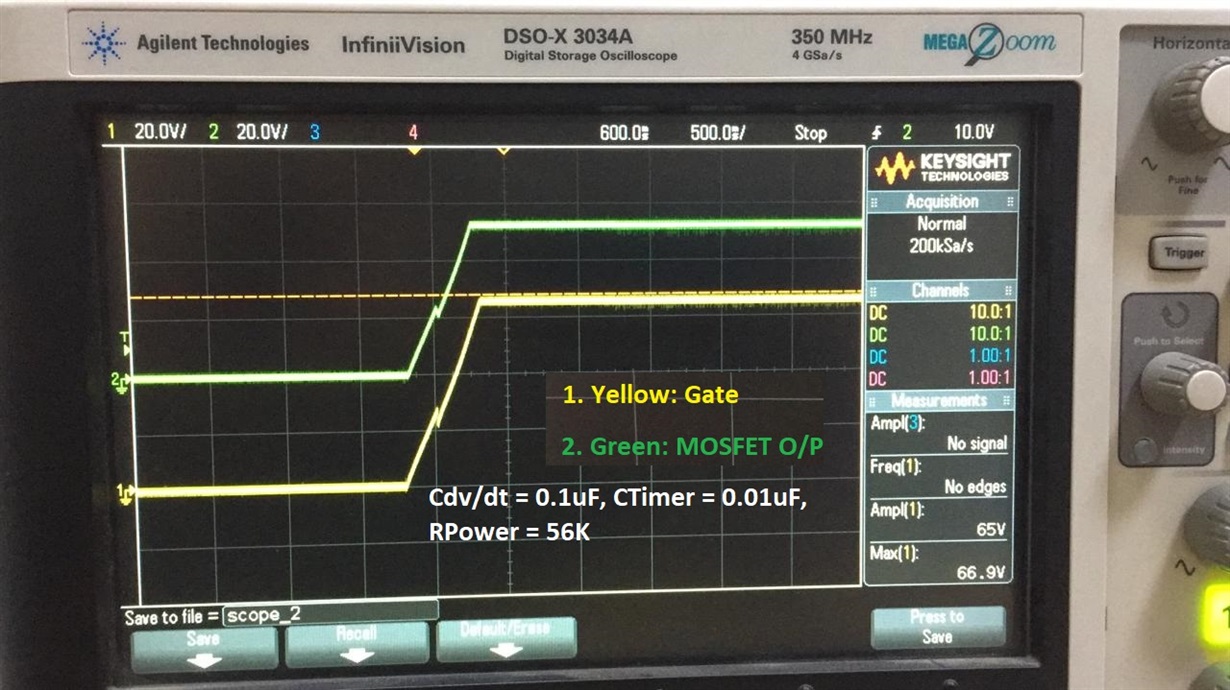Other Parts Discussed in Thread: TPS2663
Hi,
We are using TI's Hot swap controller LM5069 along with other 3rd party Sidactor & TVS protection devices in our DC powered Ethernet Switch product and are facing following challenges,
During IEC 61000-4-2 ESD tests (2KV/4KV contact discharge), the external AC-DC power supply powering our equipment shuts down (probably due to over voltage protection).
During IEC 61000-4-4 EFT tests, external power supply shuts down when power is applied to our equipment through a captive coupling device. The EUT (our Equipment) doesn't even power up if power is applied through a CDN.
During IEC 61000-4-5 Surge tests, The EUT (our Equipment) doesn't even power up if power is applied through a CDN.
In normal use case, the EUT is powering & functioning properly without any issues. Let me know if TI can review our input power protection & DC-DC section of the schematic.
Regards,
Jaison



